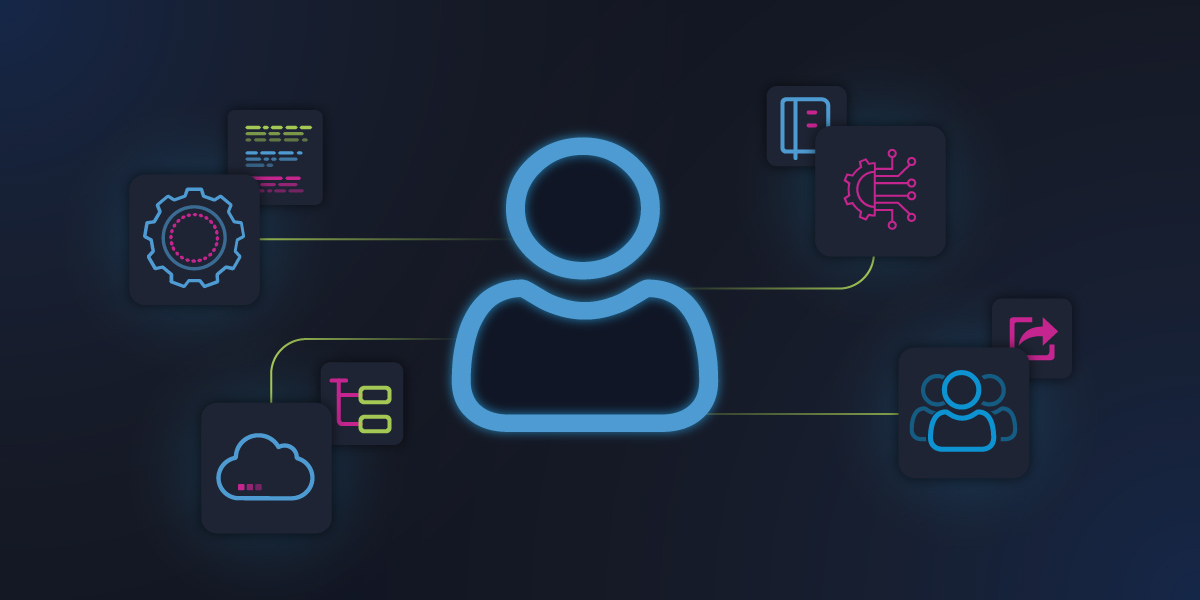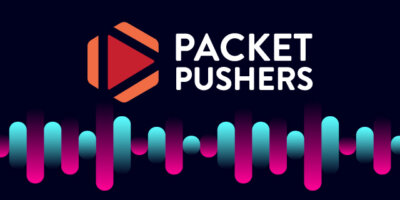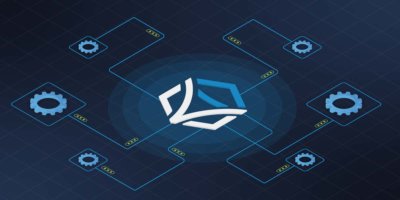For modern businesses, network ecosystems that support agile operations, flexible technology decisions, and efficient automation are non-negotiable. Organizations are looking for ways to move faster, do more, and unify the experiences they deliver to end users, even as the underlying infrastructure grows more complex and sprawls across more physical and virtual domains.
Thus, network and application teams alike are looking at self-serve networking. Inspired by the public cloud experience, where a user selects a service from a catalog and sees it instantly delivered, self-serve networking describes an operating model where automations for on-premises and virtual networks are exposed directly to end users for their consumption. By bridging the gap between network and application development teams, greatly accelerating collaboration while decreasing friction and workloads, self-serve networking promises significant efficiency gains for those who can successfully implement it.
What Is Self-Serve Networking?
The concept is simple: expose internal network services for self-service consumption by end users. But let’s dive a little deeper. Here’s what’s required to be able to successfully deliver self-serve network automations:
- The ability to integrate network automation with external systems to automate end-to-end processes including steps such as change management, data gathering, and notifications. This enables network teams to deliver services as zero-touch automations.
- The ability to incorporate testing, validations, and configuration compliance into automations so that services can be delivered with confidence. Effective guardrails can catch problems before they start, giving end users the freedom to request their own services safely without manual involvement from the network team.
- The ability to expose a consumable network API such that northbound systems, applications, pipelines, and users can consume automated network services efficiently. Flexible northbound exposure gives end users the ability to consume network services in a manner that suits their needs.
Self-serve networking aims to make internal network services as easy to consume as public cloud services. It’s a proven operating model that allows both network and development teams to interact with network services effortlessly.
From a network team’s perspective, it marks a shift from a reactive approach, where you’re just trying to keep up with the high volume of change requests that come in, to a proactive one where automated network services are packaged like products and deployed, handing back time to manage and optimize the network more deeply. From a developer’s point of view, self-serve networking unifies the experience between requesting cloud services and everything else. That accelerates development work, reduces friction between teams, and can lead to greater flexibility and agility across the entire business.
Primary Drivers for Implementing Self-Serve
For Network Teams:
The sheer size and complexity of modern network infrastructure has left network teams struggling to stay ahead of the never-ending backlog of change requests. Most turn to automation to solve this challenge, but without a self-serve model, the manual work required can still pile up. If a request from an application team comes in and a human needs to respond to it, automation is not saving as much time or effort as it could. Self-serve networking allows network teams to deliver their automations as products that can be safely consumed with no further manual input required.
Network teams who successfully adopt a self-serve networking model can:
- Reduce time and effort to deliver routine network services.
- Eliminate repetitive work driven by a high volume of requests from application development teams.
- Gain back time to optimize the network, enhance performance, and enhance security.
- Ensure the network operating model makes innovation easier instead of acting as a speed bump.
For Application Development Teams:
Traditionally, while cloud services might be available through a catalog for instant delivery, a service request for a traditional network change will take longer to fulfill. That means when a developer requires network changes for an application, they might wait hours, days, and sometimes even weeks before they can move past that dependency and continue. This can be frustrating. There should not be any burden on developers to track which services rely on cloud infrastructure and which rely on internal or physical network infrastructure. Therefore, a self-serve model is the ideal, allowing developers to focus on development and request any network services they need and see them fulfilled instantly.
At organizations who have successfully implemented self-serve networking, application developers can:
- Focus on development with no need to be concerned about network infrastructure.
- Develop, test, and deploy applications much more quickly.
- Enjoy a consistent, unified user experience no matter which kind of services they request.
- Leverage a self-service catalog for network services that suits the public cloud model they have been trained to expect.
Key Business Outcomes:
Self-serve networking saves time for both network engineers and application developers, streamlining collaboration to accelerate innovation and improve business agility. The benefits don’t stop at the individual teams involved — self-serve networking tends to have a significant impact across the entire organization, as evidenced in, among other examples, this case study.
To translate that promise into tangible business benefits, self-serve networking enables organizations to:
- Accelerate time to complete business processes, which in turn accelerates time to value.
- Deliver a streamlined, improved experience for customers, mirroring the simplicity of public cloud environments.
- Orchestrate network services globally without falling into unnecessary complexity, ensuring consistent service delivery across multiple locations and environments.
- Respond to changing business needs with a faster cycle time to adopt new network and IT technologies.
- Achieve more and go faster without significantly adding to head count, but also without increasing load on existing teams.
- Remove bottlenecks to innovation by streamlining network operations, thereby enabling the business as a whole to be more agile and flexible.
Seamless Self-Serve With Itential
Itential is designed to make self-serve networking easy to implement. Key capabilities such as our API-first approach to integration, the ability to bundle up drag-and-drop workflows to publish as automation assets, and exposure of a unified network API northbound enable our customers to automate network services end-to-end and offer a cloud-like experience to their end users.
Itential enables you to expose a unified network API that makes your automations accessible, enabling external applications, systems, users, and pipelines to call network services. This seamless integration into existing platforms like ServiceNow, DevOps pipelines, and internal platforms increases convenience. When network services are more convenient to consume, then developers will consume them more often, creating almost a feedback loop of efficiency.
In addition, you can set up different triggers for published automations, such as scheduled intervals and events driven by changes on integrated systems. And, you can include integrations with messaging services like Teams or Slack in a published automation workflow, so that any time a user makes a self-serve request, there’s an update to relevant stakeholders when it’s complete. That’s the power of self-serve networking — it’s not just delivering network automation, it’s delivering the entirety of a network change process and everything that comes along with that, with the convenience of a public cloud service.
To learn more about Itential’s self-serve capabilities click here or to watch a demo of how it works click here.





